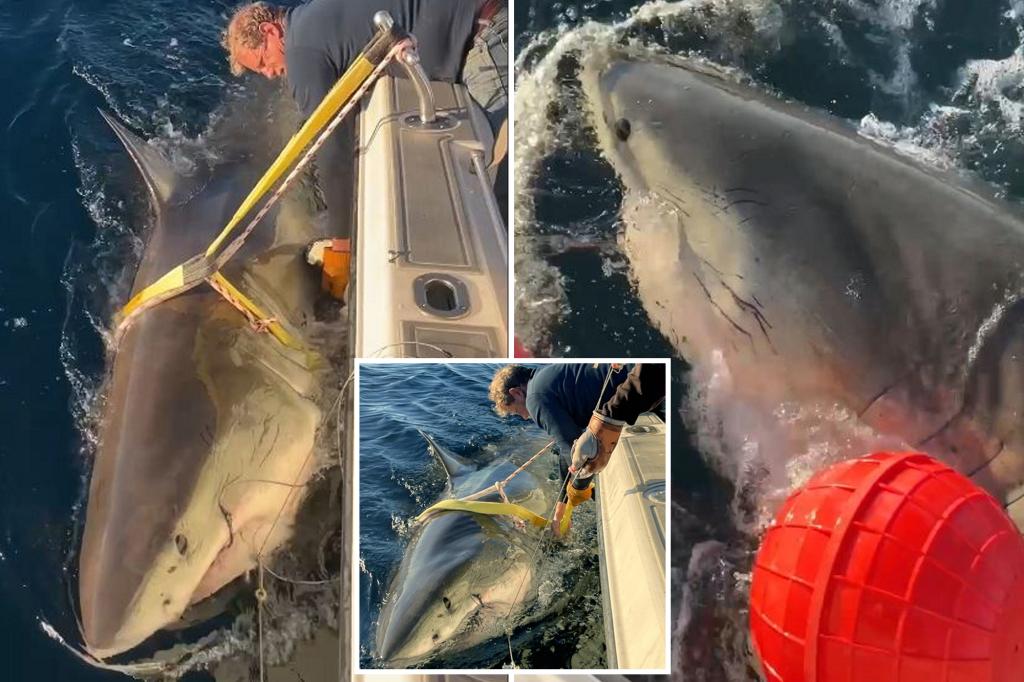Mystery Unraveled: Connecticut Woman’s Remains Discovered After Two-Year Search in Japan
The remains of a Connecticut woman, missing since 2021 after vanishing during a solo hiking trip in Japan’s rugged Daisetsuzan National Park, were discovered this week by local search teams. The 45-year-old avid outdoorswoman, whose identity was withheld pending family notification, disappeared during a severe storm that complicated initial search efforts. Her skeletal remains were found approximately 3 kilometers from her last known location, finally providing closure to what Japanese authorities called “one of Hokkaido’s most challenging missing person cases.”
Timeline of a Tragic Disappearance
The experienced hiker arrived in Japan on July 12, 2021, documenting her journey through Hokkaido’s wilderness on social media. Her last post showed deteriorating weather conditions near Mount Asahi, the highest peak in the national park. When she failed to check in with lodge staff on July 18, park rangers initiated a search that was immediately hampered by:
- 70 mph wind gusts and near-zero visibility
- Unseasonably early snowfall covering potential tracks
- The park’s vast 2,267 square kilometer wilderness area
Japanese search-and-rescue teams, assisted by volunteers and military personnel, combed the area for 42 days before scaling back operations. The case gained international attention when the woman’s family crowdfunded $250,000 to continue private search efforts through 2022.
Breakthrough Discovery Raises Safety Questions
A group of university researchers conducting a biodiversity survey stumbled upon the remains on June 3, 2023, in a steep ravine off established trails. Forensic analysis confirmed the identity through dental records and personal effects, including a distinctive engraved compass gifted by the hiker’s sister.
“This terrain is deceptively dangerous,” warned Dr. Kenji Tanaka, a Hokkaido University alpine safety researcher. “What begins as a moderate day hike can rapidly become lethal when weather shifts. Our 2022 study showed 63% of fatal mountaineering accidents in Japan occur during summer months when tourists underestimate conditions.”
The discovery has reignited debate about safety protocols in Japan’s wilderness areas, where:
- Only 22% of trails have emergency call boxes
- Foreign hikers account for 38% of rescue operations despite being 15% of visitors
- No mandatory check-in system exists for solo trekkers
Families and Authorities Seek Systemic Changes
The victim’s brother, reached by phone in Hartford, Connecticut, expressed gratitude to searchers while calling for reforms: “Her passion was exploring nature, but the system failed her. We’re pushing for international hiker registries and better storm warning technology so others don’t suffer this nightmare.”
Japanese officials announced plans to trial new safety measures this autumn, including:
- Multilingual weather alert beacons at trailheads
- Mandatory GPS locator rentals for foreign visitors
- Expanded ranger patrols during peak seasons
However, some local guides resist increased regulation. “The wilderness’s beauty lies in its raw challenge,” argued veteran mountaineer Yuto Nakamura. “More signage and restrictions would diminish what draws adventurers here. Personal responsibility must remain paramount.”
Lessons for International Hikers
Travel safety experts emphasize three critical precautions following this tragedy:
- File detailed itineraries: Share planned routes with multiple contacts and update regularly
- Carry redundant navigation tools: Physical maps and compasses when electronics fail
- Understand local rescue systems: Japan’s 110 emergency number has limited English support
The U.S. Embassy in Tokyo reports assisting with 17 missing American hiker cases since 2020, with 41% involving solo travelers. They’ve updated their travel advisory website with region-specific wilderness warnings following this incident.
Closure and Continuing Legacy
As the woman’s remains prepare for repatriation, her family has established a foundation promoting international hiking safety education. Meanwhile, Japanese authorities continue investigating whether better coordination between U.S. and Japanese agencies could have altered the outcome.
This heartbreaking resolution serves as a stark reminder of nature’s unpredictability. For those planning wilderness adventures, thorough preparation isn’t just advisable—it could mean the difference between a memorable journey and a preventable tragedy. Learn more about international hiking safety protocols at AdventureSmart International’s website.
See more CNET 247



